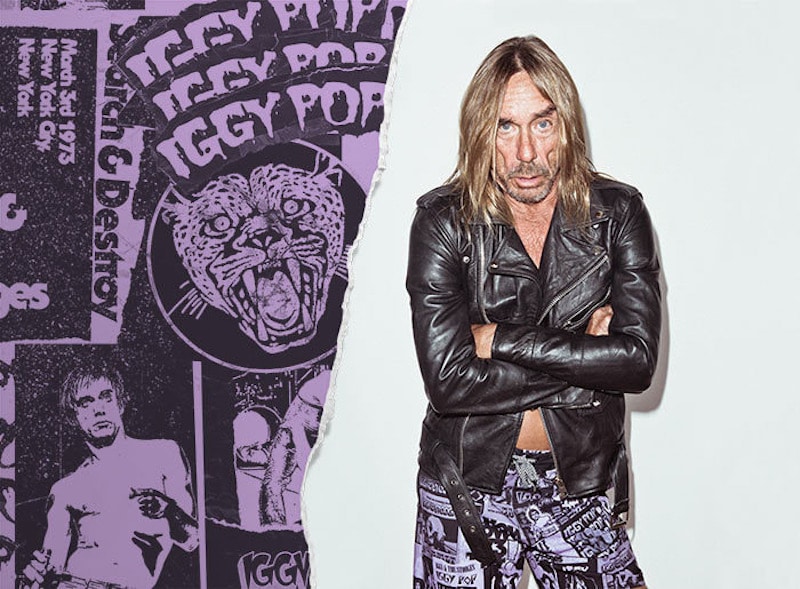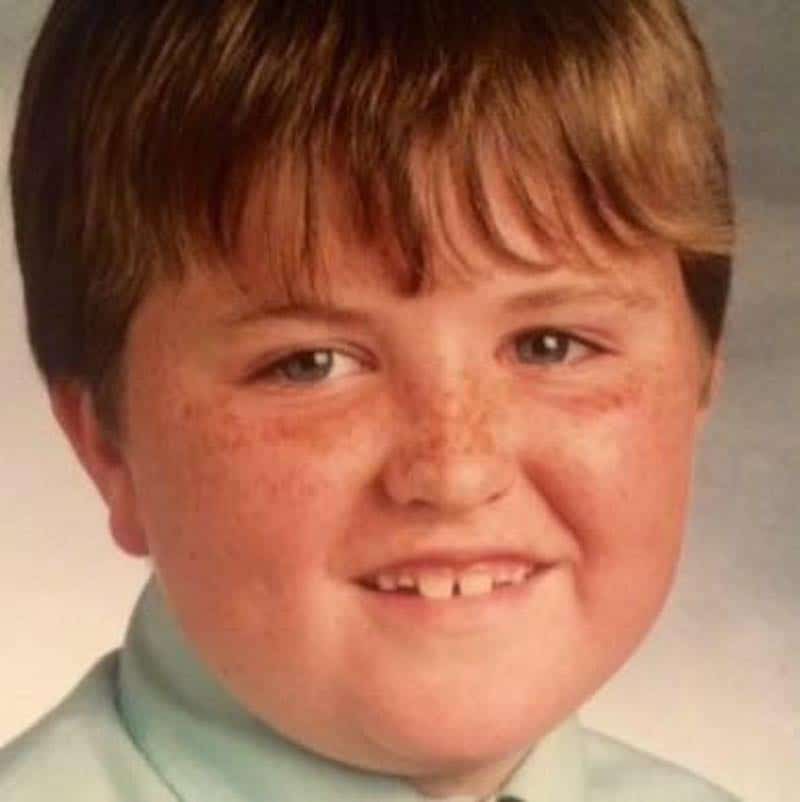And saves struggling company while he's at it!
BeachGrit promises to be anti-depressive. You must know that I try my very best to bring you daily doses of good cheer but often veer uncontrollably toward the dark. Like Andy Warhol killing Billabong’s bottom line. Or a young boy’s dream of making the World Surf League’s championship tour and then losing everything. Or the continent of Australia turning its back on its current best female surfer in the world Tyler Wright. And that was just last week.
But hope springs eternal and this morning I bring you a story of good cheer. Gabriel Medina, well coiffed Brazilian pro, is buoying a near-bankrupt Brazilian company. And when was the last time you read about an investment in a surfer actually paying off in any way, shape or form? Maybe not for a decade and let’s turn to Bloomberg for the facts.
Oi SA has been treading water in bankruptcy proceedings for 17 months, but the Brazilian phone carrier is finding some inspiration from the country’s top surfer.
Gabriel Medina, a front-runner in the World Surf League, will vie for his second title when the 2017 season wraps up this month in Hawaii. That’s good news for Rio de Janeiro-based Oi, one of Medina’s main sponsors, which was quick to celebrate his latest victory off the coast of Portugal at the end of October. “Oi invests a lot in surfing,” Medina said. “It’s awesome. I’m really pleased.”
Oi needs all the help it can get. The company has been bleeding customers, including more lucrative users on long-term contracts, for 12 straight quarters. As its networks sit neglected and Oi struggles under $19 billion in debt, surfing and skateboarding offer a cheaper sponsorship alternative than Brazil’s most popular sport: soccer.
The nature of surf contests, which last for days and only run in optimal wave and wind conditions, makes them more popular on mobile devices, making it an obvious fit with Oi’s wider business model. More Brazilians stream live surf competitions than any other nation, consistently surpassing the U.S. and Australia, said Bruno Cremona, Oi’s head of sponsorships and events.
“Oi may have identified the need to strengthen its image by looking for something new to show that it’s changing, leaving behind the outdated image of a company full of problems,” said Mauricio Turra Ponte, a professor of marketing and sustainability at the Escola Superior de Propaganda & Marketing in Sao Paulo.
Image aside, plenty of problems persist behind the scenes. Marco Schroeder, whose office was decorated with four autographed surfboards, quit as Oi’s chief executive officer on Nov. 24 after trying to reach a recovery deal with creditors while clashing with the board. Less than two months earlier, Oi’s chief financial officer also resigned.
The company lost 10 percent of its wireless users in the 12 months through September, and Schroeder had regularly warned that it needs to get out of bankruptcy protection and speed up investments in its network if Oi wants to stop the subscriber rout.
Surfing allows Oi to stand out more than if it had invested in more mainstream sports with bigger sponsors competing for the spotlight, said Ponte, the marketing professor. The athletes themselves also project a wholesome image — Medina regularly travels with his whole family to surf contests as far away as Fiji — which contrasts with the counterculture overtones the sport has in the U.S.
“Medina’s image is very favorable. He’s handsome, well-behaved, he kisses his mom,” Ponte said. “Everyone would like to invest in a person like this.”
If you are not not anti-depressed now then you simply have no heart. Also, I had absolutely no idea what Oi was until now.









